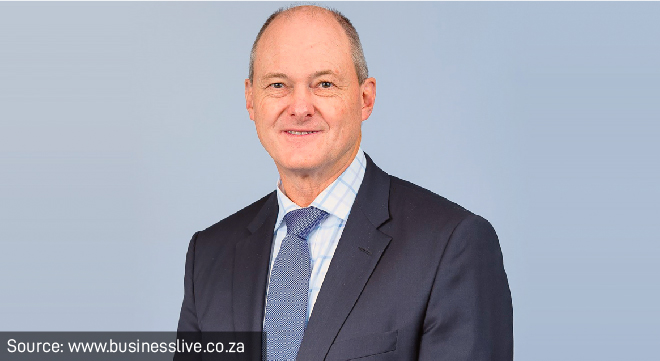Sanlam does not believe the Competition Commission’s investigation into the country’s major life insurers will result in “any processes at Sanlam being highlighted as problematic”.
However, Sanlam said in its operational and financial review that it was concerned that the commission’s media release will damage its reputation “as a leading player in the industry”.
Presenting the group’s interim results last week, chief executive Paul Hanratty said the group had been “disappointed” by the media release
In its media statement on 25 August, the Competition Commission said it was investigating the pricing practices at eight life insurance companies: BrightRock (in which Sanlam has a majority stake), Discovery, Hollard, Old Mutual Insure, Professional Provident Society and Sanlam.
The commission said it had “reasonable grounds” to suspect that the eight life insurers have engaged in collusive practices to fix prices and/or trading conditions in respect of the fees for investment products and the premiums for risk-related products.
Sanlam said the commission has not provided Sanlam Life or BrightRock with any information that would enable Sanlam Life “to form a view on this matter”.
“Sanlam values the trust of its customers highly and conducts its business in a manner that has regard to the highest ethical standards, adhering to all relevant legislation.”
Expanding on this theme in an interview with Business Day, Hanratty was quoted as saying: “We feel that as a business we’ve got processes that are absolutely in the interests of customers. We’ve got a board committee that only comprises independent directors who look continuously at whether we’re treating customers fairly and are upholding the highest ethical standards, so we would be very surprised if there was anything in our environment that the Competition Commission, or anyone else, could find fault with because treating customers well is absolutely paramount to us.”
Interviewed on 702’s The Money Show in August, Makgale Mohlala, the manager of the cartels division at the Competition Commission, said the commission had evidence that the insurers under investigation shared the login codes to each other’s systems so they could share information that was used to determine prices.
But Hanratty dismissed this suggestion.
He told Business Day: “We give access to 26 000 people on our quote system, mainly intermediaries. To facilitate people comparing costs, we do provide access to our quote system. There’s nothing wrong with seeing a price. The more transparency and disclosure you have on prices, the greater the benefit of competition for customers, so the very character and nature of this activity – and allowing people to get hold of prices – is actually good for clients. It promotes competition and it promotes better pricing.”
Industry shared insights on Covid
Meanwhile, Hanratty told Fin24 that although the commission said it launched its investigation in 2021, Sanlam only became aware of it on the day the commission conducted search-and-seizure operations at the premises of the eight insurers.
He told the publication there was nothing new in the life industry sharing information when it was battling an unknown pandemic. It did the same when the HIV pandemic was ravaging African countries. The Actuarial Society of South Africa (ASSA) built a model from which everyone modelled their individual claims projections.
The Fin24 report continues:
“Everybody tried to model a pandemic. It’s a matter [of interest] worldwide that academics and experts tried to model to collect data. And it’s all basically in the public domain,” said Hanratty.
He said that in forums where the industry players met, it was only natural that people would debate this, touching on how it would affect claims levels and, ultimately, underwriting and pricing of life insurance.
“We were trying to understand the disease in order to manage the disease. I think it’s natural when you have a pandemic or a new medical event,” he added.
Hanratty said information sharing does not mean that all insurers will end up with the exact pricing. Although they obtain industry-wide insights from ASSA and other consultants, they calibrate their own actuarial models based on the demographic profile of their customer bases.
“We certainly didn’t all arrive at the same [conclusion]. We’ve sat in meetings where analysts said your predictions are very different to your competitors, because while we’re trying the same data, our models are not the same. But the notion that public information will not be used is ludicrous,” Hanratty was quoted as saying.



